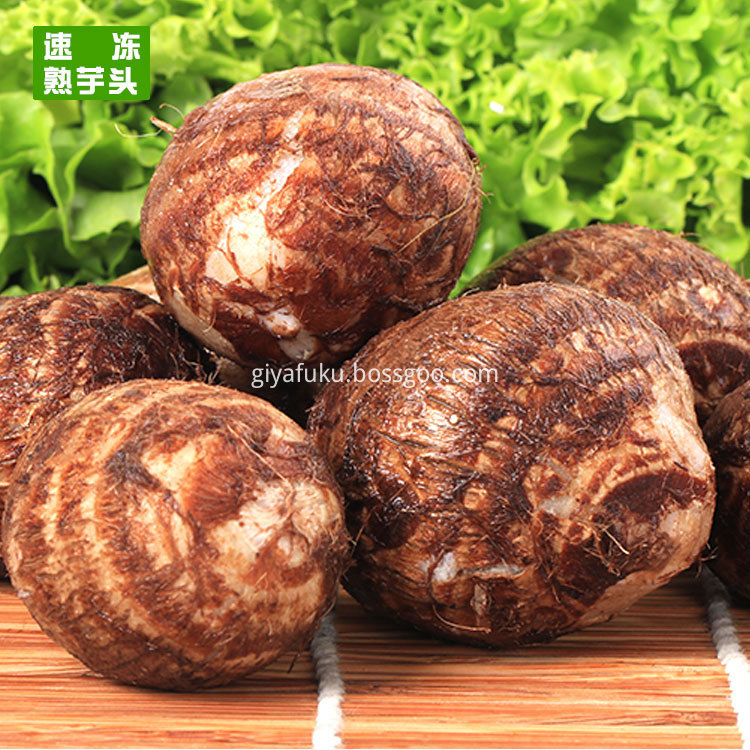Lambs can be divided into lambs larger than 12 months of age and lambs less than 12 months of age, of which lambs from 4 to 6 months of age are also called fat lambs. Due to the fact that fat lamb meat is more tender and lighter than adult lamb, so with the continuous improvement of people’s living standards in recent years, fat lamb meat has become popular among consumers and the demand has been increasing. Fat lamb production mainly has the following characteristics: First, lambs grow fast, have high feed returns, and have low production costs. The 1- to 5-month-old lambs had the fastest weight gains, and their feed remuneration was 3:1-4:1. The feed ratio of adult sheep was 6:1-8:1, and nearly half of the feed was saved. The second is that lambs were born that year, fattened in the same year, slaughtered that year, can increase the slaughter rate of the lamb, and can shorten the production cycle, the economic benefits are very obvious. The third is to engage in lamb production as an effective measure to adapt to the seasonal changes in forage grass, which can reduce the weight loss of the sheep during the weedy period. Fourth, the lamb meat market has a large demand, good market conditions, and high prices. In some places, it is 1/3 to 1/2 higher than adult lamb prices, and lambskins are of good quality and high prices. Due to the best economic benefits and social benefits produced by fat lambs, countries all over the world are actively researching and vigorously developing fat lamb production. In the production of fat lambs, methods of intensive, industrialized, and large-scale feeding can be implemented. In the production, advanced production technologies can be fully utilized and practical experience for many years can be taken. I. Widely used modern breeding techniques Sheep are single fetuses, and each lamb has only one lamb. Breeding according to traditional methods cannot meet people's needs for lamb production. Modern breeding techniques are widely used in fat lamb production. Such as adjusting the light to promote estrus early estrus, early mating, early weaning, induced childbirth, concentrated intensity fattening and other measures to better shorten the non-breeding period of the sheep, engage in one-year second or third child breeding. In particular, the use of estrus technology for the same period, so that the ewes at the same time estrus, unified breeding, can make large quantities of mutton production, so that a balanced listing, supply throughout the year. Second, the early weaning Lamb Lamb lamb early weaning, and then deworming, forced fattening for 2-3 months. Minimize activities and light during the fattening period. There are two ways for lambs to be weaned early. a, weaning 3-4 days after birth, transferred to dry feeding period; b, lambs born 45-50 days after weaning, transferred to dry feeding period. Because colostrum is rich in protein, fat, minerals and vitamins, especially magnesium ions and various antibodies, it has a special effect on promoting meconium excretion and enhancing disease resistance. Therefore, colostrum as the key to fattening The stage is essential. Third, the use of artificial milk to raise lambs, fat lambs lambs after 56 days weaning, each sheep fed grass 3-5 kg, 0.5 kg fine material. 20 days after weaning, 2.5 kg of the mixture (80% of hay powder and 20% of concentrate) were fed on each sheep day. The live weight of fat lambs was increased from 37.4 kg to 47.2 kg, and the average daily weight gain was 173 g. One kilogram consumes 8.2 kilograms of feed units. Hungary uses a large double-stitched floor housing for fattening lambs, each containing 3,000-5,000 sheep. The upper layer has a seam to facilitate the dropping of the droppings. A scraper conveyor is provided to transport the pelleted feed and a long-flowing drinking fountain. The lower deck is equipped with a scraper-type cleaning machine. Lambs were weaned 60 to 120 days after their birth. After 76 days of fattening, the average daily weight gain reached 230 grams. After fattening, the weight reached 34-40 kg and the slaughter rate was 47.6%. The Czech Republic used merino and crossbreeding sheep to intensively fatten lambs. After birth, lambs are usually weaned after 3 days, and are fed with artificial milk on the 4th day. After 18 days, artificial milk and artificially cultivated pastures or mixed semen are added to forage grasses. The animals are bred to 82 days of age and the lambs can weigh up to 32. -35 kg.
The distinct features of our 2015 new crop China taro are as follows:
1) Complete body, clean surface, white pulp, no worm-eaten and no stain and fleck.
2) High nutritional value: Amylum, protein, vitamin, minerals and many other healthy nutrients.
3) They can be the wonderful flavors for cooking and be helpful for keeping healthy.
The Fresh Taro is the typical of leaf vegetables, taro leaves are rich in vitamins and minerals. They are a good
source of thiamin, riboflavin, iron, phosphorus, and zinc, and a very good source of vitamin B6, vitamin C, niacin,
potassium, copper, and manganese. Taro corms are very high in starch, and are a good source of dietary fiber.
Oxalic acid may be present in the corm and especially in the leaf, and these foods should be eaten with milk or other
foods rich in calcium in order to remove the oxalate in the digestive tract.
The small round variety is peeled and boiled, sold frozen, bagged in its own liquids, or canned. The plant is actually
inedible when raw because of needle-shaped raphides(calcium oxalate) in the plant cells

Fresh Taro
Fresh Taro,Fresh Organic Taro,New Crop Taro,Taro Vegetable
Anqiu Giyafuku Foods Co.,Ltd , http://www.giyafuku.com
